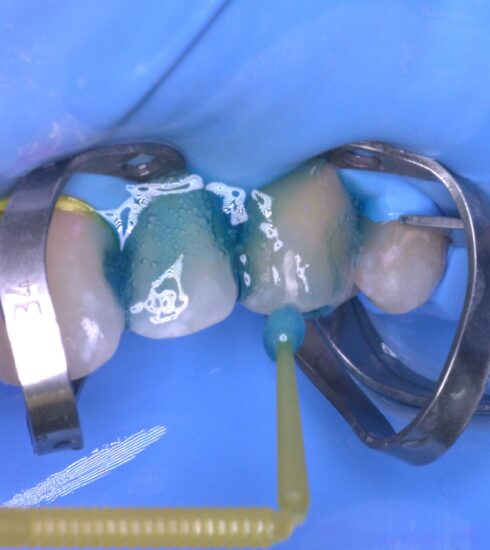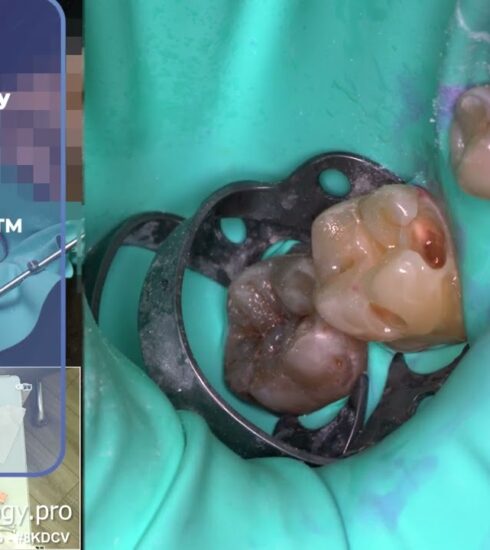What evidence exists regarding the long-term durability and success rates of restorative materials when using different moisture control techniques?
The provided excerpts do not explicitly address the evidence regarding the long-term durability and success rates of restorative materials when using different moisture control techniques. However, they touch on topics related to material performance and clinical outcomes in cariesology.
Key Points from the Excerpts:
- Sealed vs. Unsealed Restorations:
- Studies by Welbury et al. (1990) and Mertz-Fairhurst et al. (1998) suggest that sealed restorations have higher survival rates compared to unsealed ones, particularly in the case of amalgam and resin composite materials.
- 5- and 9-year survival rates for sealed restorations were reported as 95% and 75%, respectively (Welbury et al. 1990; Houpt et al. 1994).
- Mertz-Fairhurst et al. found that 10-year survival rates of sealed amalgam (98%) and resin composite (87%) restorations were clinically superior to unsealed amalgam restorations placed according to the “extension for prevention” principle.
- Studies by Welbury et al. (1990) and Mertz-Fairhurst et al. (1998) suggest that sealed restorations have higher survival rates compared to unsealed ones, particularly in the case of amalgam and resin composite materials.
- Moisture Control in GIC Restorations:
- The longevity of materials like glass ionomers (GIC) depends on moisture control during placement and maintenance.
- Even if GIC is removed over time, a more acid-resistant surface remains at the tooth-GIC interface due to ion exchange.
- The longevity of materials like glass ionomers (GIC) depends on moisture control during placement and maintenance.
- Clinician Variability in Material Performance:
- Studies have shown that clinicians using various materials achieve higher survival rates with one particular material, suggesting that technique and moisture control play significant roles in outcomes.
- This highlights the importance of proper isolation techniques (e.g., rubber dam) in ensuring optimal results.
- Studies have shown that clinicians using various materials achieve higher survival rates with one particular material, suggesting that technique and moisture control play significant roles in outcomes.
General Evidence on Moisture Control Techniques:
While the excerpts do not explicitly compare different moisture control techniques (e.g., rubber dam vs. other methods), it is well-established in dental literature that effective moisture control during restorative procedures improves the long-term durability of materials by:
- Preventing contamination from saliva and sulcular fluids.
- Ensuring proper bonding of adhesives to tooth surfaces.
- Reducing microleakage, which can lead to secondary caries and restoration failure.
Conclusion:
The evidence suggests that restorative materials like amalgam and resin composites have higher long-term success rates when properly sealed and isolated from moisture. While the specific role of different isolation techniques (e.g., rubber dam vs. other methods) is not directly addressed in the provided excerpts, effective moisture control is universally recognized as critical for improving the durability and clinical performance of restorative materials.
- Dental Caries The Disease and Its Clinical Management Third Edition – Edited by Ole Fejerskov, Bente Nyvad, and Edwina Kidd – ISBN 978-1- 118-93582 -8
- Understanding Dental Caries From Pathogenesis to Prevention and Therapy – Editor Michel Goldberg – ISBN 978-3-319-30550-9
- Dental Erosion and Its Clinical Management – Editor Bennett T. Amaechi Comprehensive Dentistry University of Texas Health Science Center San Antonio Texas USA – ISBN 978-3-319-13992-0





